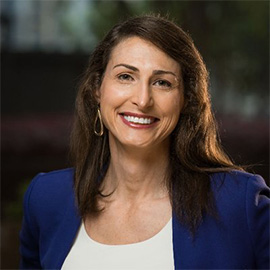The concerns of people wary about development, and the motives of developers, are real… they’re real, because in the past decade, they haven’t seen a diversity of affordable or market rate housing being built—especially in District 9. If we want to change culture so that builders operating under market forces start to build projects that serve a greater diversity of people and incomes, we should start with what we have control over as a city government: city owned land. Here’s a bit more context on my thoughts on what to do with underutilized land and how it can help support big ‘A’ Affordable housing.
Another important thing we can do is give current residents tools to be able to afford to stay in their homes. With property taxes through the roof, allowing more ADUs (accessory dwelling) to help folks generate supplemental rental income is one way to do that. We also must streamline our permitting process for ADUs, so that they can be developed more quickly and with less expense. Thinking more creatively, ADUs can also be a tool for income restricted housing, with innovative public-private partnerships to create/collaborate with a non profit in order to help a landowner develop an ADU—in exchange for a permanent commitment to rent it as affordable housing.
We need more housing of all types and market rates, especially in proximity to our transportation corridors. In addition, reliable, robust public transportation is a key component of a affordability. Since housing costs in central Austin will always be more expensive, providing workers and students with quick transportation connections will dramatically help with family budgets.
But we also need to consider intersectionality of transit with other barriers to quality of life, in order to improve mobility more broadly within the city—such as ensuring childcare options are available at or adjacent to major employment centers or within neighborhoods. This will keep family commutes simpler, by reducing additional trips. One the most significant reasons people give for NOT choosing a transit option is the need to make that additional stop for childcare, so we can solve two major issues facing Austin’s families by thinking about these solutions intersectionally.

